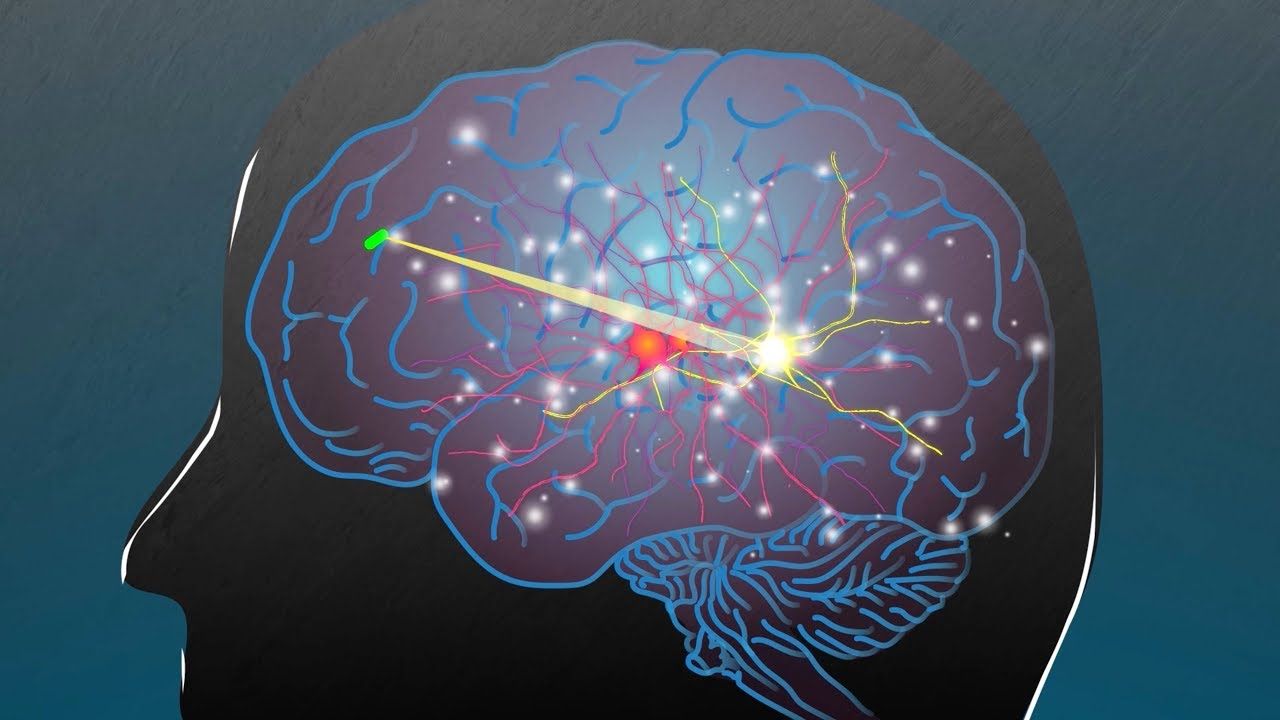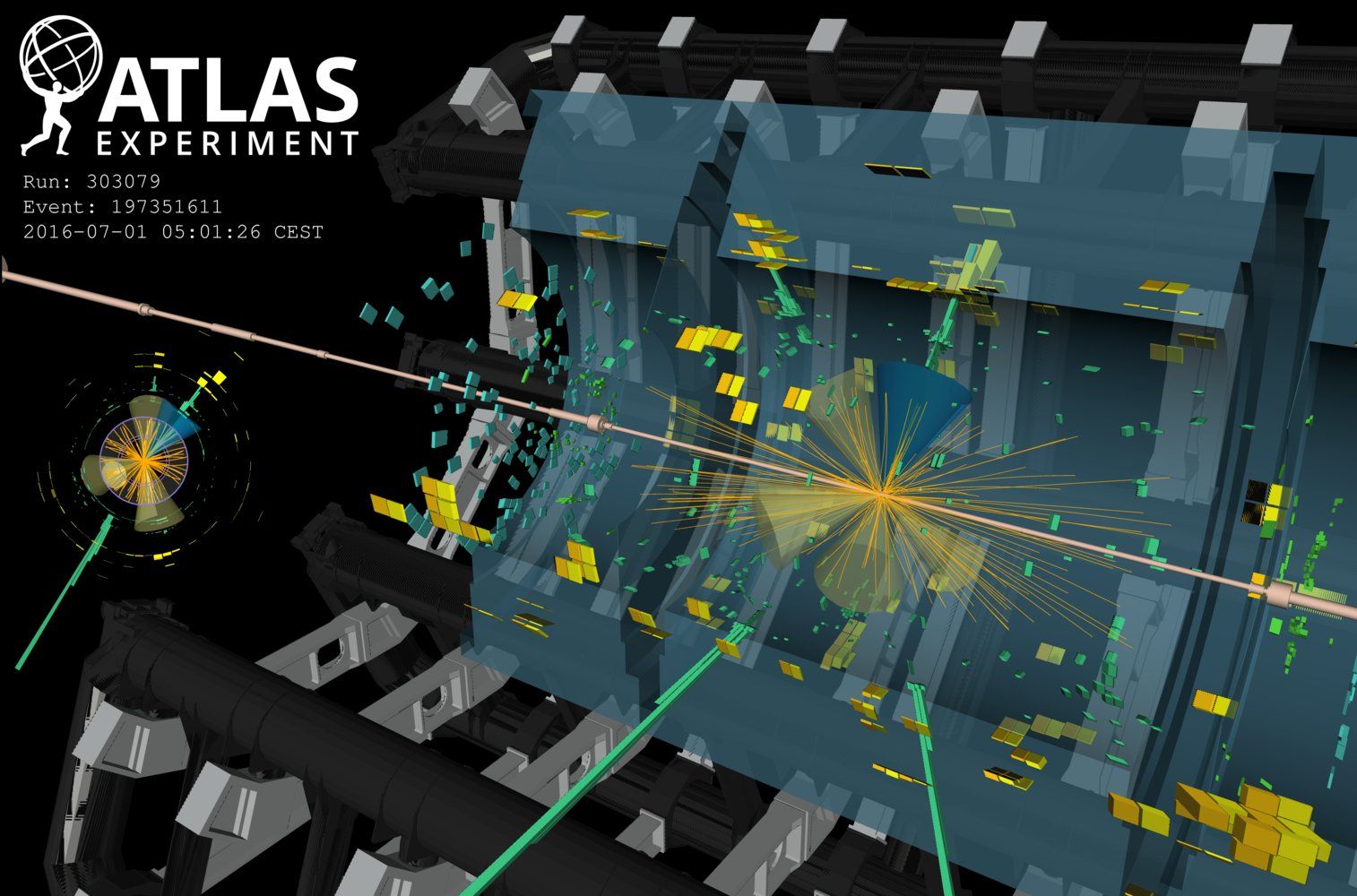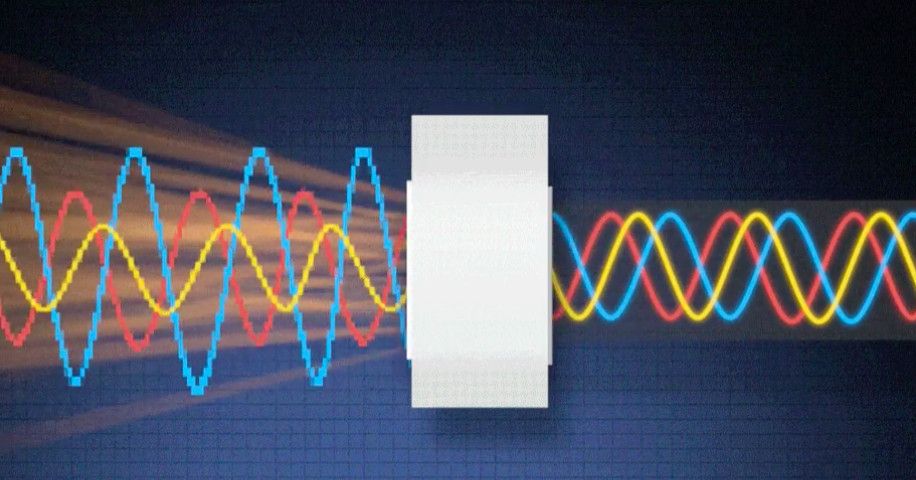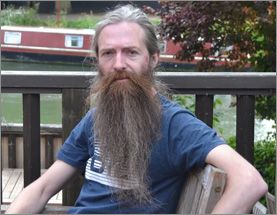Page 9687
Jun 6, 2018
Under the sea, Microsoft tests a datacenter that’s quick to deploy, could provide internet connectivity for years
Posted by Klaus Baldauf in categories: internet, robotics/AI, sustainability
Microsoft is leveraging technology from submarines and working with pioneers in marine energy for the second phase of its moonshot to develop self-sufficient underwater datacenters that can deliver lightning-quick cloud services to coastal cities. An experimental, shipping-container-size prototype is processing workloads on the seafloor near Scotland’s Orkney Islands, Microsoft announced today.
The deployment of the Northern Isles datacenter at the European Marine Energy Centre marks a milestone in Microsoft’s Project Natick, a years-long research effort to investigate manufacturing and operating environmentally sustainable, prepackaged datacenter units that can be ordered to size, rapidly deployed and left to operate lights out on the seafloor for years.
“That is kind of a crazy set of demands to make,” said Peter Lee, corporate vice president of Microsoft AI and Research, who leads the New Experiences and Technologies, or NExT, group. “Natick is trying to get there.”
Jun 5, 2018
Maker of fearsome animal robots is edging into the light
Posted by Dan Kummer in category: robotics/AI
Robot maker Boston Dynamics has spent a quarter century and at least $150 million in defense money building ominous machines. It’s finally ready to start selling them.
Jun 5, 2018
The Higgs Boson Has a New Friend
Posted by Genevieve Klien in category: particle physics
The Higgs boson appeared again at the world’s largest atom smasher — this time, alongside a top quark and an antitop quark, the heaviest known fundamental particles. And this new discovery could help scientists better understand why fundamental particles have the mass they do.
When scientists at the Large Hadron Collider (LHC) first confirmed the Higgs’ existence back in 2013, it was a big deal. As Live Science reported at the time, the discovery filled in the last missing piece of the Standard Model of physics, which explains the behavior of tiny subatomic particles. It also confirmed physicists’ basic assumptions about how the universe works. But simply finding the Higgs didn’t answer every question scientists have about how the Higgs behaves. This new observation starts to fill in the gaps.
As the European Organization for Nuclear Research (CERN), the scientific organization that operates the LHC, explained in a statement, one of the most significant mysteries in particle physics is the major mass differences between fermions, the particles that make up matter. An electron, for example, is a bit less than one three-millionth the mass of a top quark. Researchers believe that the Higgs boson, with its role (as Live Science previously explained) in giving rise to mass in the universe, could be the key to that mystery. [Top 5 Implications of Finding the Higgs Boson ].
Jun 5, 2018
This technology could fundamentally change our relationship to electricity
Posted by Genevieve Klien in category: computing
Jun 5, 2018
Wireless System Can Power Smart Devices Inside the Body
Posted by Nicholi Avery in categories: biotech/medical, computing, neuroscience

MIT researchers, working with scientists from Brigham and Women’s Hospital, have developed a new way to power and communicate with devices implanted deep within the human body. Such devices could be used to deliver drugs, monitor conditions inside the body, or treat disease by stimulating the brain with electricity or light.
The implants are powered by radio frequency waves, which can safely pass through human tissues. In tests in animals, the researchers showed that the waves can power devices located 10 centimeters deep in tissue, from a distance of 1 meter.
Continue reading “Wireless System Can Power Smart Devices Inside the Body” »
Jun 5, 2018
Aubrey De Grey – PhD. and Vice President of New Technology Discovery at Agex Therapeutics – The Age Old Question of How Can We Combat Aging?
Posted by Alexander Rodionov in categories: biotech/medical, life extension
Sought after guest speaker, Aubrey de Grey, has appeared on numerous popular programs including CBS 60 Minutes, BBC, TED and The Colbert Report to name just a few. Today, he joins The Future Tech Podcast, to share his vision on how we can improve the aging process through enhancing the human body’s capability of rejuvenation through cell immortality and pluripotency to human aging and age-related disease.
The. Vice President of New Technology and Discovery at AgeX Therapeutics, Aubrey de Grey, Ph.D., is also the Chief Science Officer of SENS Research Foundation, a California-based 501©(3) biomedical research charity that performs, and funds research devoted to battling the progression of aging.
In this fascinating discussion, Aubrey explains some of the obstacles that need to be overcome, including issues involving age-related tissue damage and stem cell decline which contribute to accelerating the aging process. He also discusses what AgeX is doing in stem cell research and in regenerative medicine that will improve not only the longevity of life, but also the quality and health of individuals throughout the aging process. He also touches on what he sees could be the future in the science of aging and treatments being worked on by the rejuvenation research community.
Jun 5, 2018
How Buildings of the Future Will Conserve Water
Posted by Bill Kemp in category: futurism
Commercial, residential, and industrial buildings use a lot of water. It’s hard for them to conserve water when there are so many people and processes relying on the liquid. It’s even worse for industrial organizations where water use is constant.
According to the U.S. Department of Energy (DOE), commercial buildings use about 88 percent of all drinkable water in the U.S. Facility managers who understand the need to conserve this water and use their resources to do so could significantly decrease water use throughout the world.
As things evolve, so will the future of water conservation. It will be about using technology, science, and more in the name of water-saving features. It will also save companies time and money.
Continue reading “How Buildings of the Future Will Conserve Water” »
Jun 5, 2018
Biomimetic insights for machine consciousness
Posted by Ian D. Pearson in categories: information science, robotics/AI
A diagrammatic explanation of how machine consciousness might be feasible.
About 20 years ago I gave my first talk on how to achieve consciousness in machines, at a World Future Society conference, and went on to discuss how we would co-evolve with machines. I’ve lectured on machine consciousness hundreds of times but never produced any clear slides that explain my ideas properly. I thought it was about time I did. My belief is that today’s deep neural networks using feed-forward processing with back propagation training can not become conscious. No digital algorithmic neural network can, even though they can certainly produce extremely good levels of artificial intelligence. By contrast, nature also uses neurons but does produce conscious machines such as humans easily. I think the key difference is not just that nature uses analog adaptive neural nets rather than digital processing (as I believe Hans Moravec first insighted, a view that I readily accepted) but also that nature uses large groups of these analog neurons that incorporate feedback loops that act both as a sort of short term memory and provide time to sense the sensing process as it happens, a mechanism that can explain consciousness. That feedback is critically important in the emergence of consciousness IMHO. I believe that if the neural network AI people stop barking up the barren back-prop tree and start climbing the feedback tree, we could have conscious machines in no time, but Moravec is still probably right that these need to be analog to enable true real-time processing as opposed to simulation of that.
I may be talking nonsense of course, but here are my thoughts, finally explained as simply and clearly as I can. These slides illustrate only the simplest forms of consciousness. Obviously our brains are highly complex and evolved many higher level architectures, control systems, complex senses and communication, but I think the basic foundations of biomimetic machine consciousness can be achieved as follows:
Continue reading “Biomimetic insights for machine consciousness” »
Jun 5, 2018
Bizarre state of matter to treat wounds instead of antibiotics
Posted by Shane Hinshaw in category: biotech/medical
By Julianna Photopoulos
A plasma patch could soon be used to dress wounds. Plasma is a state of matter, like a solid or gas, and can kill bacteria including those that are resistant to antibiotics. Normally plasmas form at high temperatures, but a new patch can create cold plasmas that may be ideal for use on the body.
The patch is developed by German company Coldplasmatech and produces a plasma by sending high energy electrons through the air between the patch and skin. This rips some of the electrons off molecules …
Continue reading “Bizarre state of matter to treat wounds instead of antibiotics” »

















